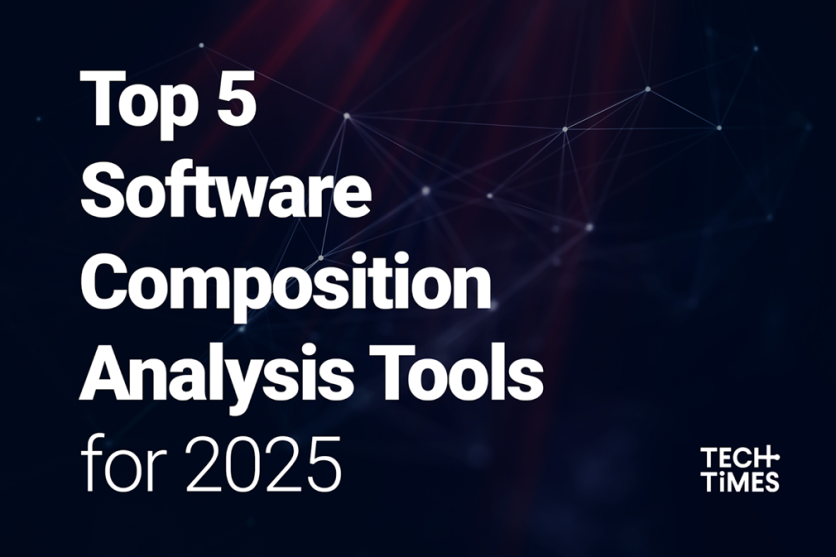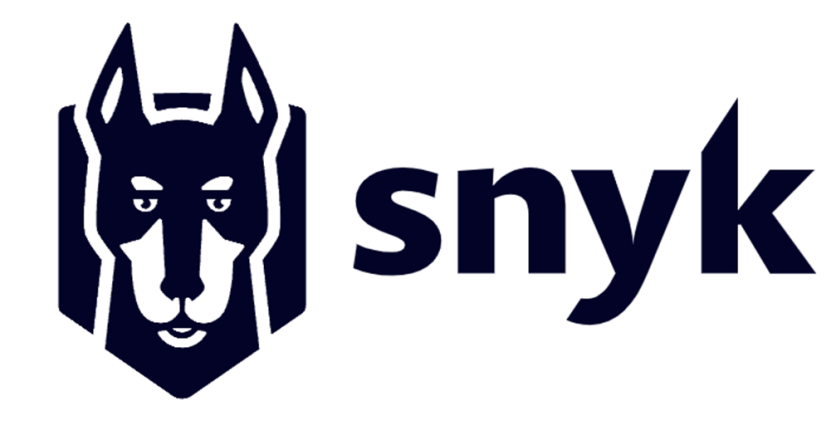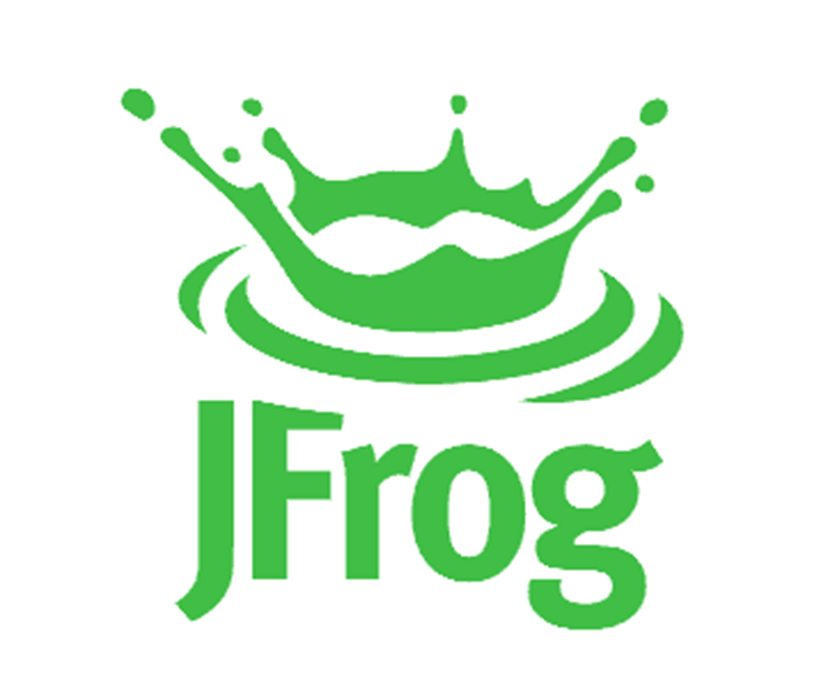
With the current trends in software engineering, it has become a norm to incorporate open-source components in the development process to cut time and Exhaustive efforts. However, these components pose great challenges, such as licensing and security breaches. Now, enter Software Composition Analysis (SCA) tools! SCA tools scan the source code or binary for potential vulnerabilities, license scanning, and enforce software security with the help of several best practices. We envision a plethora of advanced solutions by 2025; we present a list of the top 5 SCA tools to look forward to for the time being. They will allow developers and businesses to manage open-source code intentionally, increasing software security and reliability for all the stakeholders involved.
What Is Software Composition Analysis
Software Composition Analysis, or SCA, is a type of software security tool that focuses on analyzing open-source components within a codebase. When developers create software, they often include libraries, frameworks, and modules from open-source sources, which can make development faster and easier. However, these components can sometimes contain security vulnerabilities or come with complex licensing terms that could impact a project's legal compliance.
SCA tools help by scanning the software's code to identify these components, flagging any known security risks, outdated versions, or licensing issues. In addition to identifying potential risks, these tools provide recommendations or updates to help developers address these issues promptly. This way, developers can fix potential problems before they become serious, ensuring safer, more reliable software while maintaining both security and compliance in modern software development.
Why Software Composition Analysis Is Important: Key Benefits Explained
Software Composition Analysis (SCA) is a vital tool for modern software development, especially with the widespread use of open-source components. By incorporating SCA into development processes, organizations can ensure their applications are not only secure but also compliant with licensing requirements and up-to-date with the latest features. Here's a look at why SCA is essential:
- Enhanced Security: SCA tools scan for vulnerabilities within open-source components, helping developers catch and address security risks before they impact the software, keeping it safer for end-users.
- Compliance with Licensing Requirements: Many open-source components come with specific licenses. SCA tools help ensure compliance with these terms, avoiding potential legal issues related to improper usage.
- Cost and Time Efficiency: Identifying vulnerabilities early prevents costly repairs and minimizes the time spent addressing security incidents, allowing teams to stay productive and focus on innovation.
- Faster Remediation of Issues: By continuously scanning for vulnerabilities and outdated versions, SCA tools enable quick fixes and updates, helping teams maintain high performance and stability.
- Improved Code Quality: Regularly monitoring components ensures that the software uses the latest, most secure versions, which can improve performance and reduce technical debt over time.
- Streamlined Management of Open-Source Components: SCA provides visibility into all open-source components, making it easier to manage them, monitor updates, and understand dependencies, which reduces the complexity of maintaining a codebase.
Top 5 Software Composition Analysis Tools
1. Xygeni

Xygeni stands out as a robust solution of Software Composition Analysis (SCA), offering exceptional capabilities that redefine how development and security teams handle vulnerabilities in open-source software. As one of the leading software composition analysis tools, Xygeni excels at enhancing SCA security by efficiently managing risks and providing comprehensive SCA scanning to keep software secure and compliant.
Outstanding Features
Xygeni offers powerful features that help teams efficiently manage vulnerabilities and secure open-source software.
- Dynamic Vulnerability Prioritization: Efficiently filter and focus on vulnerabilities that truly matter by assessing exploitability, reachability, technical attributes, and business context. This allows teams to cut through the noise and address genuine risks efficiently, optimizing security efforts.
- Real-Time Malicious Component Blocking: Instantly identify and block malicious dependencies as soon as they are published. This early warning system proactively defends against zero-day threats and potential supply chain attacks by analyzing dependencies and quarantining suspicious packages.
- Automated Remediation: Simplify and accelerate the patching process by automatically generating pull requests for secure dependency updates. This ensures vulnerabilities are resolved quickly and consistently without slowing down development cycles.
- Reachability and Exploitability Analysis: Focus on vulnerabilities that are exploitable in runtime, prioritizing threats based on their likelihood of exploitation. This feature saves resources and ensures that only critical risks are addressed.
- Comprehensive Vulnerability and Risk Tracking: Gain visibility into security, maintenance, and obsolescence risks across all dependencies, including direct, transitive, and post-build artifacts, for comprehensive risk management.
- SBOM and VDR Generation: Generate and export Software Bill of Materials (SBOM) and Vulnerability Disclosure Reports (VDR) in formats like SPDX and CycloneDX, ensuring easy adherence to industry standards and making regulatory compliance straightforward and transparent.
Discover how our Software Composition Analysis Tool can transform your software development process. Give it a try today!
Addressing Key Challenges
Xygeni excels at tackling some of the most pressing challenges facing security teams today:
- Overwhelming Volumes of Vulnerabilities: By prioritizing only exploitable and business-critical vulnerabilities, Xygeni helps mitigate alert fatigue, allowing teams to focus on real threats.
- Zero-Day Threats and Malicious Dependencies: The tool's real-time detection mechanisms offer a proactive defense against emerging threats, ensuring applications remain protected from the latest supply chain attacks.
- Time-Consuming Remediation: Xygeni's automated pull requests simplify and speed up the remediation process, integrating seamlessly into existing CI/CD pipelines to maintain development momentum.
- Limited Context on Vulnerability Impact: Reachability and exploitability analysis provide essential context, ensuring that resources are allocated efficiently.
- Compliance and Licensing Risks: Xygeni's comprehensive license risk management features help organizations avoid legal complications, while SBOM generation makes regulatory compliance effortless.
Pros and Cons
Pros:
- Easy to Start and Integrate: Xygeni requires minimal setup, making it quick to deploy and use.
- Affordable Pricing: The tool provides enterprise-grade capabilities at a budget-friendly cost, suitable for companies of all sizes.
- Comprehensive Ecosystem Coverage: Xygeni supports a wide range of ecosystems and offers extensive vulnerability data.
- Advanced Functionalities: Features like real-time detection, reachability analysis, and automated fixes add significant value beyond traditional SCA tools.
Cons:
1. Learning Curve for Non-DevSecOps Teams: Teams unfamiliar with DevSecOps may need some time to maximize the tool's potential.
- Solution: Xygeni offers extensive training, hands-on workshops, and user-friendly documentation.
2. Dependency on CI/CD Integration: Teams without established CI/CD workflows may not benefit as much from automation initially.
- Solution: Xygeni provides standalone scanning options to bridge the gap for teams in transition.
Xygeni delivers a well-rounded, advanced SCA solution for organizations looking to enhance their security posture. With proactive threat detection, comprehensive dependency risk tracking, and automated remediation, it addresses critical vulnerabilities efficiently. While non-DevSecOps teams may experience a learning curve, Xygeni's robust support and training resources make the transition manageable. In essence, Xygeni offers an ideal blend of affordability, ease of use, and cutting-edge security features, making it a strong contender in the SCA market.
2. Snyk

Snyk is a powerful developer security platform that enables application and cloud developers to secure their entire software development lifecycle, from code to cloud. It integrates seamlessly with existing IDEs, reports, and workflows, making it easy for developers to identify and fix security issues without leaving their preferred tools.
Outstanding Features
Snyk offers a range of outstanding features designed to seamlessly integrate security into the development process, ensuring fast and secure application delivery.
- Continuous Vulnerability Scanning: Snyk monitors for vulnerabilities in real-time, using leading security intelligence to keep your code secure as it's written.
- Risk-Based Prioritization: Snyk focuses on vulnerabilities that pose the highest risks, allowing teams to address the most critical threats based on exploitability and business context, optimizing security efforts.
- Integrated, Actionable Fixes: With in-tool advice and automated pull requests (auto PRs), Snyk allows developers to resolve vulnerabilities in a single click, maintaining development momentum.
- Comprehensive Product Suite: Snyk Code: Ensures secure coding practices from the first line. Snyk Open Source: Identifies and mitigates risks in open-source dependencies. Snyk Container: Secures containerized applications by analyzing base images. Snyk IaC: Fixes misconfigurations in Infrastructure-as-Code. Snyk AppRisk: Assesses risk at scale, providing visibility across applications.
Addressing Key Challenges
Snyk tackles several pressing security challenges effectively:
- Growing Volume of Vulnerabilities: By prioritizing based on risk, Snyk helps reduce alert fatigue and focuses resources on genuine threats.
- Real-Time Protection Against Zero-Day Vulnerabilities: Snyk's continuous monitoring protects against emerging threats as they arise, securing applications from new risks.
- Streamlined Remediation: Automated pull requests speed up the remediation process, fitting effortlessly into CI/CD pipelines.
- Compliance and Risk Management: Snyk generates Software Bill of Materials (SBOM) reports for easy regulatory compliance and offers tools for tracking licensing risks in open-source projects.
Pros and Cons
Pros: Snyk offers extensive vulnerability coverage, an intuitive interface, and reliable automation features.
Cons: Some enterprise features can be costly; additional training may be needed for teams new to security practices.
Snyk is an accessible, effective solution for developer-centric security, providing actionable insights to keep applications safe without slowing development.
3. OX Security

OX Security provides an innovative Application Security Posture Management (ASPM) platform designed to secure the entire software development lifecycle (SDLC). By consolidating AppSec data, automating risk management, and integrating with over 100 existing tools, OX enables teams to tackle vulnerabilities swiftly, improve security posture, and drive faster development without compromising on safety.
Outstanding Features
OX Security stands out for its comprehensive capabilities:
- Centralized Visibility: It integrates seamlessly with over 100 tools, providing a unified view of the entire SDLC.
- Risk-Based Prioritization: Vulnerabilities are triaged based on business context, attack intelligence, and environmental factors.
- Automated Remediation: OX accelerates remediation using no-code workflows, eliminating manual intervention.
- Comprehensive Reporting: Offers insights into Software Bills of Materials (SBOMs), APIs, cloud, and SaaS services, ensuring full visibility and compliance.
- OSC&R Framework: A proprietary framework that helps teams stay ahead of emerging threats by focusing on critical attacker behaviors
Addressing Key Challenges
OX Security addresses several common challenges:
- Tool Fragmentation: By consolidating over 100 tools, OX eliminates data silos and simplifies AppSec workflows.
- Slow Response Times: Automating remediation accelerates response times and helps teams fix issues faster without slowing down development.
- Risk Management Complexity: Risk-based prioritization helps teams focus on the most critical vulnerabilities, making it easier to mitigate security threats effectively.
Pros and Cons
Pros:
- Comprehensive Security: End-to-end protection across the SDLC.
- Ease of Use: No-code workflows and deep integration with existing tools.
- Industry Recognition: Named a leader in ASPM by Frost & Sullivan.
Cons:
- Learning Curve: New users may take time to understand the full breadth of capabilities.
- Complex Setup for Small Teams: Smaller teams may require guidance to set up integrations effectively.
OX Security's platform offers a comprehensive, automated solution to secure every layer of the SDLC. With its seamless integrations, risk-based prioritization, and ease of use, OX helps organizations scale securely and stay ahead of emerging threats.
4. JFrog Xray SCA

JFrog Xray is a powerful Software Composition Analysis (SCA) tool designed to secure open-source software dependencies and ensure compliance across the software development lifecycle. Fully integrated with JFrog Artifactory, Xray enables teams to detect vulnerabilities, license violations, and operational risks early, preventing these issues from reaching production.
Outstanding Features
Key features of JFrog Xray include:
- Early Detection: Identifies vulnerabilities and license violations at the dependency declaration stage, blocking insecure builds.
- Deep Recursive Scanning: Scans all components within artifacts, including Docker images.
- Continuous Impact Analysis: Helps teams understand how vulnerabilities in one component affect others.
- Native Artifactory Integration: Offers detailed analysis of binary artifacts and their relationships.
- Malicious Package Detection: Leverages JFrog's database of known threats to protect against malicious packages.
- Custom API-Driven Automation: Automates vulnerability scans and risk management with a flexible REST API.
Addressing Key Challenges
JFrog Xray addresses key challenges like:
- Complex Dependency Management: Early, recursive scanning ensures vulnerabilities are identified before propagation.
- License Compliance: Automates checks for open-source license violations.
- Scaling Security: Xray's flexible deployment options (cloud, hybrid, self-hosted) scale across distributed teams and infrastructure.
Pros and Cons
Pros:
- Comprehensive security and license compliance checks.
- Seamless integration with Artifactory and support for diverse package formats.
- Scalable deployment options.
Cons:
- The steeper learning curve for new users.
- Complex setup for large organizations.
5. Dependency Check

OWASP Dependency-Check is a Software Composition Analysis (SCA) tool that detects publicly disclosed vulnerabilities within project dependencies. By identifying Common Platform Enumeration (CPE) identifiers, it generates reports linking to relevant CVEs, helping developers avoid insecure libraries and address vulnerabilities like those in the OWASP Top 10, specifically A9: Using Components with Known Vulnerabilities.
Outstanding Features
Dependency-Check offers a range of powerful features that help developers detect vulnerabilities in their dependencies early and maintain secure software.
- CVE Identification: Scans dependencies to identify linked CVEs using CPE identifiers.
- Integration Options: Available via command-line, Maven, Ant, and Jenkins plugins.
- Data Sources: Leverages NVD, NPM Audit API, OSS Index, RetireJS, and Bundler Audit.
- Automatic Updates: Regularly downloads vulnerability data from NIST for up-to-date threat detection.
- Support for Multiple Technologies: Works with Java, .NET, GoLang, Ruby, and more.
Addressing Key Challenges
Dependency-Check mitigates risks such as:
- Known Vulnerabilities: Prevents insecure libraries from entering the software by identifying vulnerabilities early in the development cycle.
- License Compliance: Helps detect licensing issues with third-party components.
- Scalability: Integrates with major CI/CD tools like Jenkins, Maven, and Gradle.
Pros and Cons
Pros: Comprehensive scanning, regular updates, and easy integration with CI/CD pipelines.
Cons: Requires Java 11+ and internet access for data syncing.
OWASP Dependency-Check is a valuable tool for identifying vulnerable dependencies and improving software security.
Conclusion
As software development continues to evolve rapidly, leveraging Software Composition Analysis (SCA) tools is more crucial than ever to ensure the security and integrity of modern applications. The top SCA tools for 2025 are designed to address the growing complexity of open-source software management, offering robust features to identify vulnerabilities, ensure license compliance, and streamline risk mitigation. By integrating these tools into your software development lifecycle, your organization can proactively manage open-source components, reducing the risk of exposure to security threats and maintaining compliance with industry standards. As we move forward, investing in the right SCA tool will not only protect your software but also empower your development teams to build confidently and efficiently in an increasingly interconnected digital world.
ⓒ 2025 TECHTIMES.com All rights reserved. Do not reproduce without permission.




